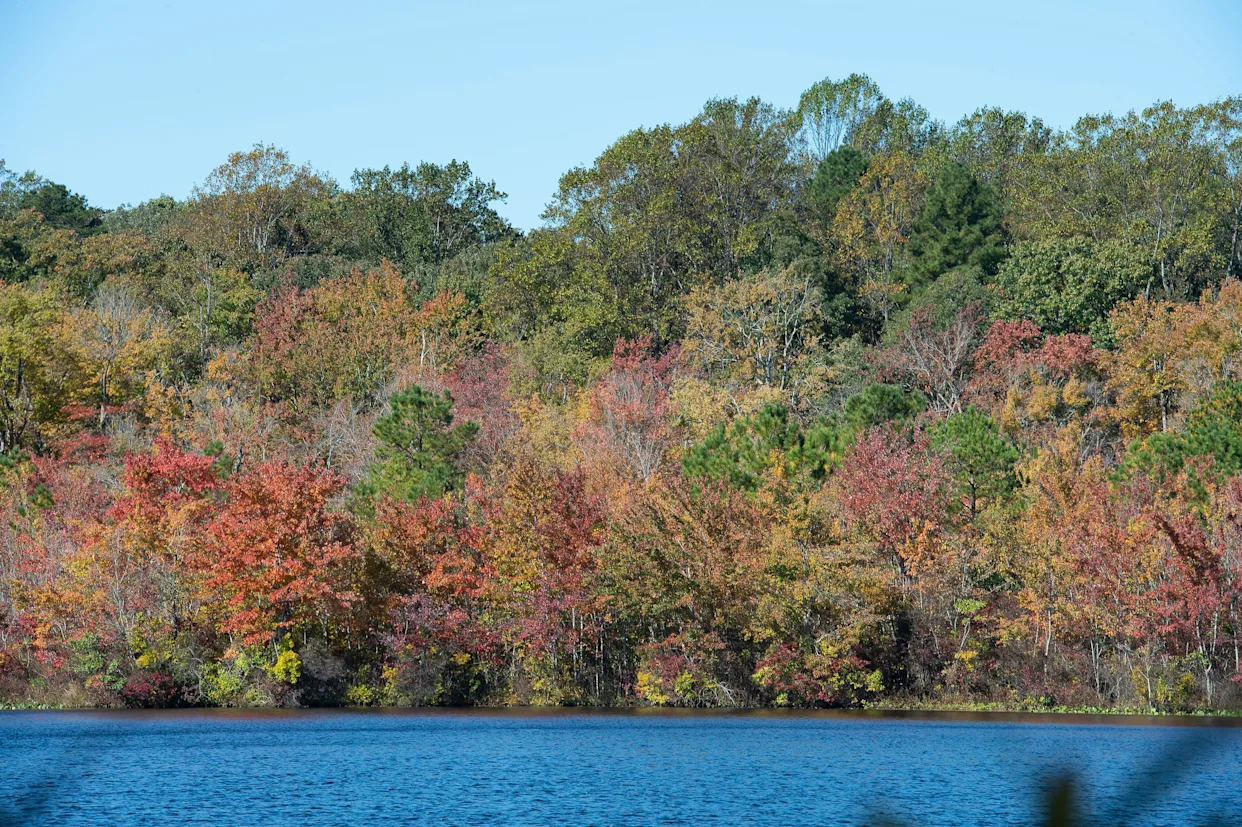
As the calendar turns to the dog days of August, summer will be slowly fading away.
Soon, children will head back to school, pumpkin spice will be the rage and fire pits will start roaring in backyards.
Fall is around the corner, which means it's almost time for the beautiful colors of Delaware's fall foliage.
When does fall begin?
Fall starts with the autumnal equinox – when the Earth's sun is directly in line with the equator, resulting in equal hours of daylight and darkness. The equinox occurs at 2:19 p.m. on Sept. 22.
WHEN WILL DELAWARE FINALLY COOL DOWN? Here's Farmer’s Almanac prediction for fall 2025
When is peak fall foliage in Delaware?
According to Explore Fall, leaves in Delaware will remain green until about Sept. 30, when changes will start being seen in northwestern New Castle County. The low color will spread throughout the state by Oct. 10.
Peak color will start in the state around Hockessin on or around Oct. 29 and begin spreading in a southeasterly direction. By Nov. 1, New Castle County will be at peak color. The remainder of the First State will hit peak color around Nov. 10.
FALL ALLERGIES: How to prepare and avoid problems
Lewes, Rehoboth Beach and Millville areas will be the last to reach peak color, around Nov. 12.
Peak color conditions will last approximately a week to 10 days.
Why do leaves change color?
According to the U.S. Forest Service, the longer and cooler nights, along with less sunlight, cause biochemical processes in the leaf that lead to the color change.
What determines the color of the leaf at peak color?
The pigments of a leaf determine the color of the leaf, according to the U.S. Forest Service. There are three types of pigments.
Carotenoids: Produce yellow, orange, and brown colors in such things as corn, carrots, and daffodils, as well as rutabagas, buttercups, and bananas.
Anthocyanin: Gives color to such familiar things as cranberries, red apples, concord grapes, blueberries, cherries, strawberries, and plums. They are water-soluble and appear in the watery liquid of leaf cells.
Chlorophyll: Gives leaves a basic green color. It is necessary for photosynthesis, the chemical reaction that enables plants to use sunlight to manufacture sugars for food.
During the growing season, chlorophyll is continually being produced and broken down and leaves appear green. As night length increases in the autumn, chlorophyll production slows down and then stops and eventually all the chlorophyll is destroyed. The carotenoids and anthocyanins that are present in the leaf are then unmasked and show their colors.
What will my trees look like during peak color?
It depends on the type of tree. Here's a list from the U.S. Forest Service detailing what the trees will look like.
Oaks: red, brown, or russet
Hickories: golden bronze
Aspen and yellow-poplar: golden yellow
Dogwood: purplish red
Beech: light tan
Sourwood and black tupelo: crimson
Red maple: brilliant scarlet
Sugar maple: orange-red
Black maple: glowing yellow
Striped maple: almost colorless
The leaves on some trees, such as elms, shrivel up and fall, leaving only a drab, brown appearance.
This article originally appeared on Delaware News Journal: When will fall colors peak in Delaware? Why do leaves change color?


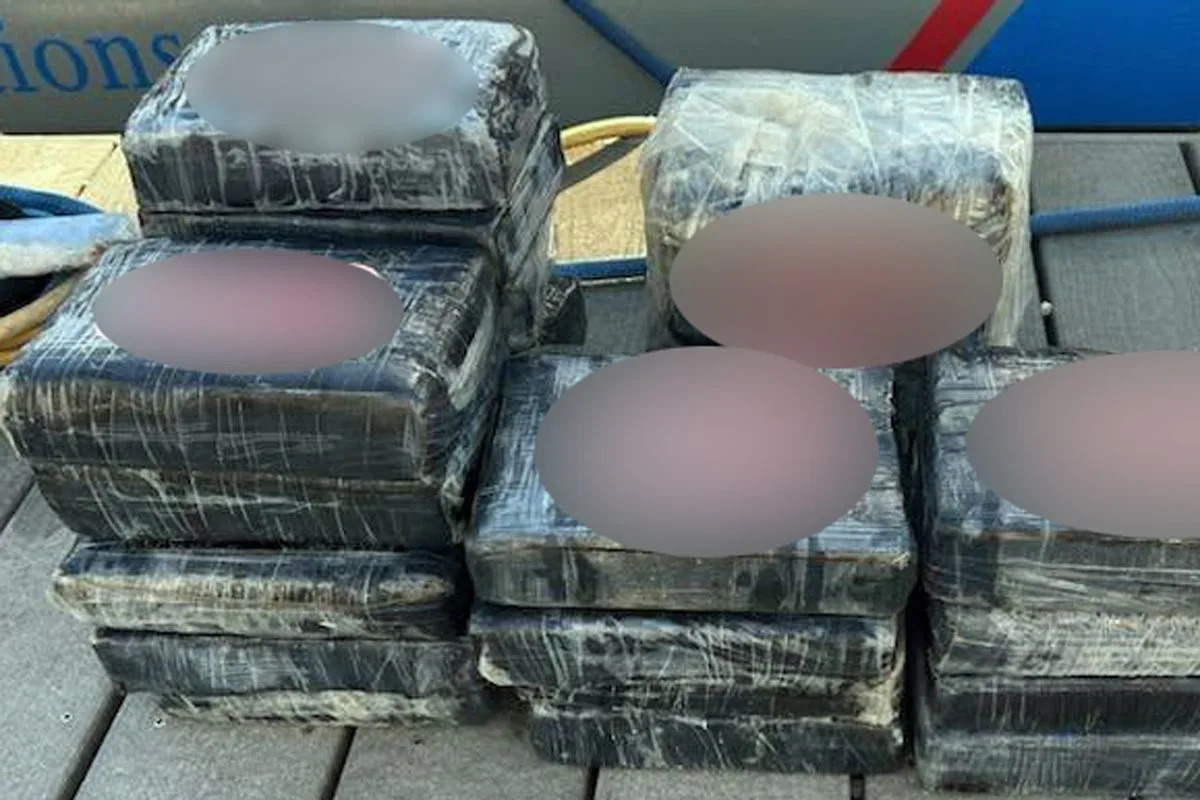
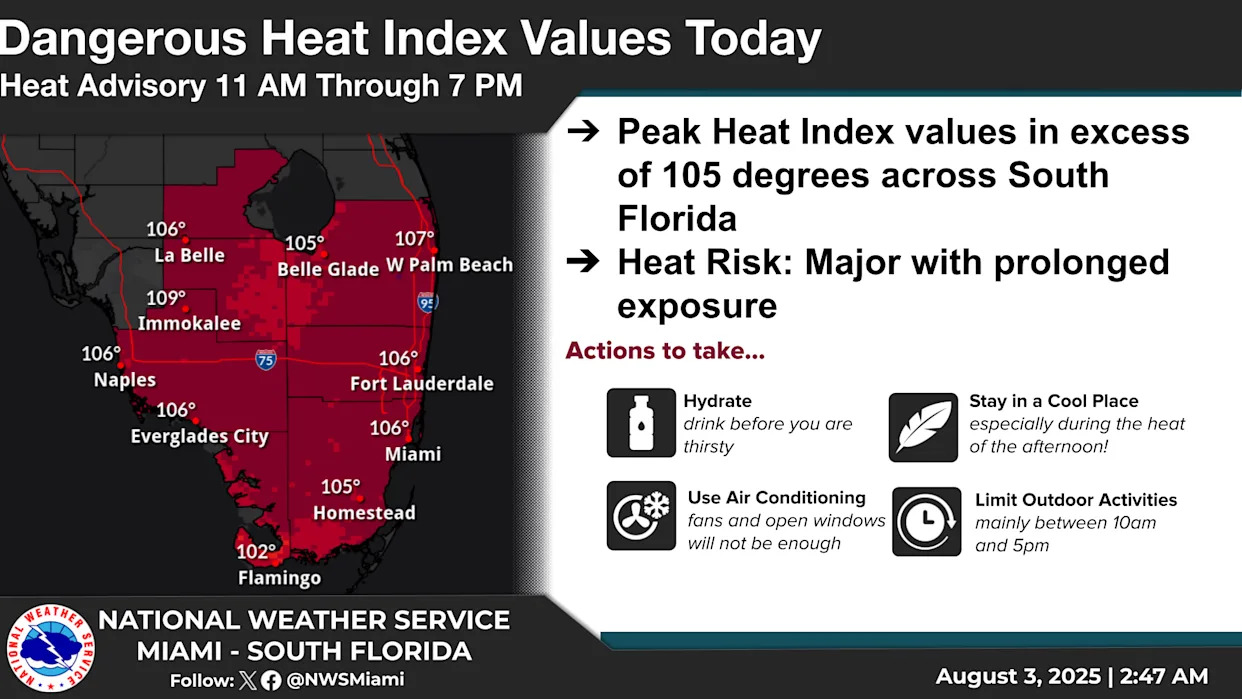

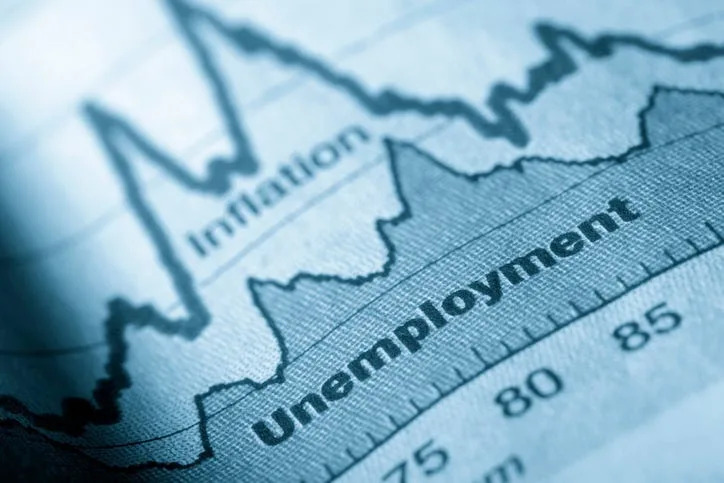
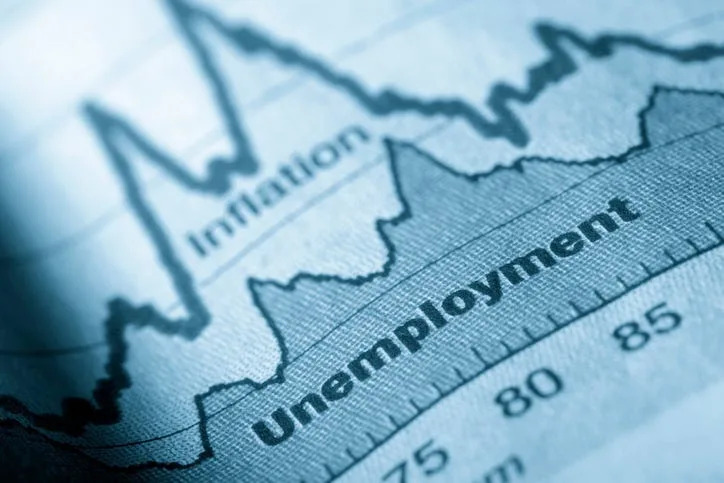
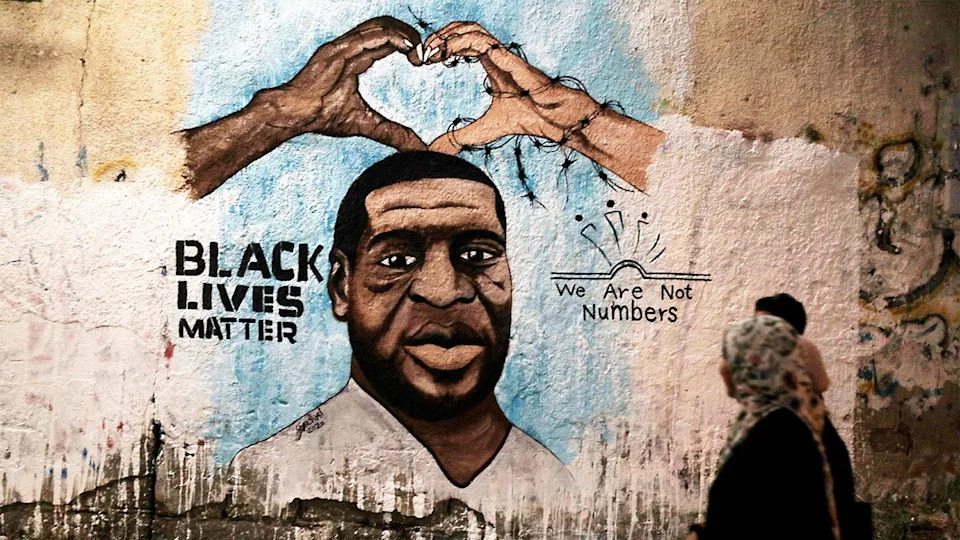
Comments